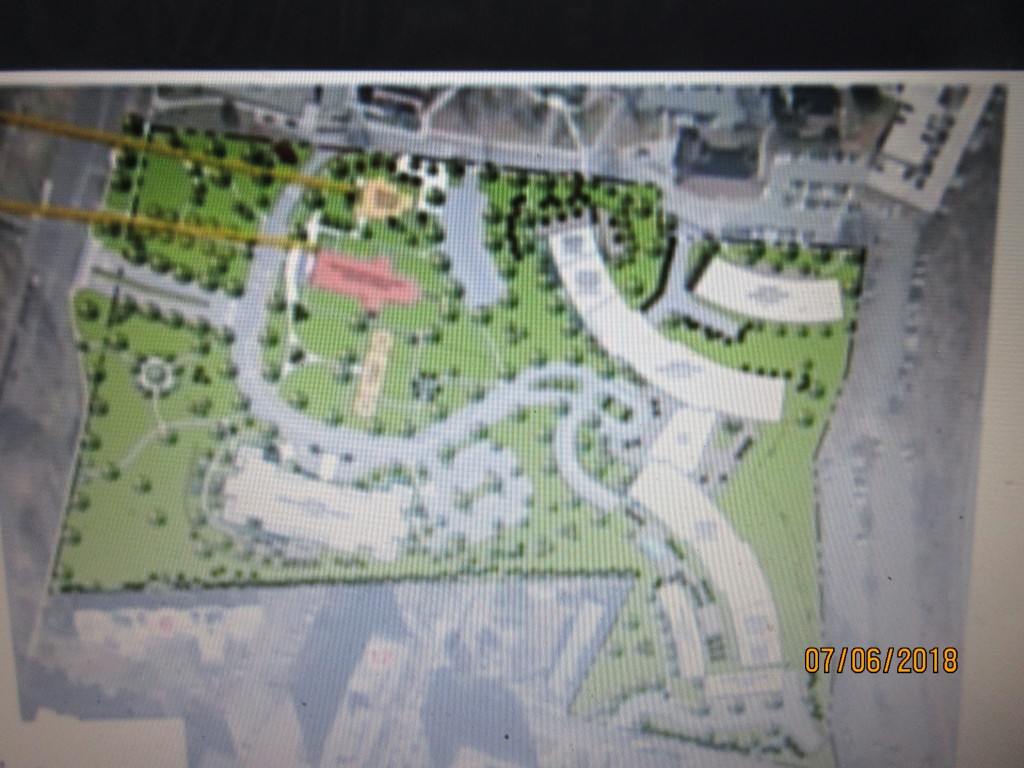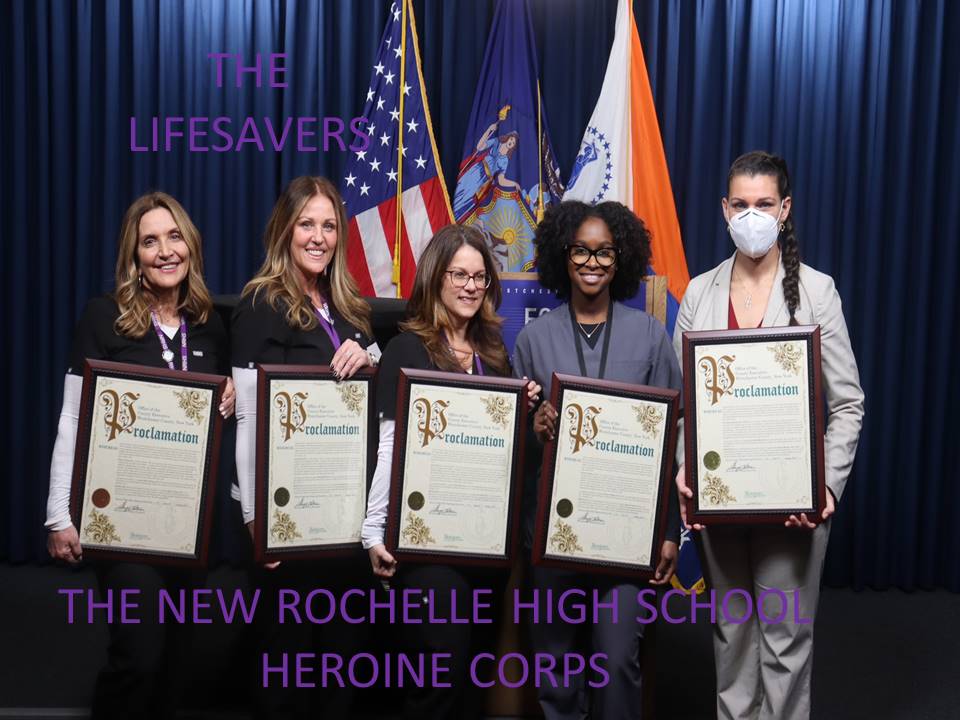Hits: 37
WPCNR NORTH BROADWAY NEWS. From a White Plains CitizeNetReporter. January 23, 2019:
The North Broadway Civic Association will discuss the recently released report of VHB, the city-engaged soil testing firm that recently completed a soil testing of the former Good Counsel property at 52 North Broadway, where a developer is planning an apartment complex of some 400 rental units (see overhead plan of the site below.
The area in dispute appears in the upper righthand corner of the property. The apartments are represented by the curved buildings .

The report finds the site is contaminated well above NYDEC acceptable levels. The North Broadway Civic Association Board will discuss the report this evening at 7:30 P.M.
The report says:
Conclusions and Recommendations Re: 52 North Broadway: Based on the results of the subsurface investigation performed by VHB (soil testing firm) and its subcontractors at the subject property, the following conclusions and associated recommendations are presented herein:
Fill Investigation: The VOC acetone was detected above NYSDEC Part 375 UUSCOs in two (2) of the 11 boring locations. SVOCs were detected at concentrations above NYSDEC Part 375 RUSCOs in four (4) of the 11 boring locations. SVOCs were detected above NYSDEC Part 375 UUSCOs in three (3) of the four (4) aforementioned boring locations. No additional SVOC exceedances were detected. Pesticides above NYSDEC Part 375 UUSCOs were detected at two (2) of the 11 boring locations. Metals were detected at concentrations above NYSDEC Part 375 RUSCOs in one (1) of the 11 boring locations. In addition, five (5) boring locations (including the aforementioned boring location) exceeded NYSDEC Part 375 UUSCOs for metals concentrations.
Based upon field observations during the Phase II ESA field activities and the corresponding laboratory data, backfill of poor quality/C&D material generated during demolition was used to fill the former athletic field. To comply with the NYSDEC’s most conservative soil criteria for residential use (UUSCOs), the existing backfill material is not considered satisfactory and it may be necessary for same to be removed from each applicable building footprint. Regardless of environmental impacts and the eventual plan for addressing the removal and/or capping of environmentally impaired soils, the generation and disposal of surplus soils should also be considered. VHB anticipates that surplus soils will likely be generated due to the proposed site redevelopment activities, and there is a potential that geotechnical specifications will require additional excavation/removal of the backfill. Off-site disposal of surplus soils should be considered due the impairments detected.
Soil Cap Sampling: No VOCs or SVOCs were detected above NYSDEC Part 375 UUSCOs in any of the three (3) soil cap sampling locations. The pesticide 4,4’-DDT was detected above its NYSDEC Part 375 UUSCO at each of the three (3) boring locations. The metals lead, zinc and/or mercury were detected at concentrations above NYSDEC Part 375 UUSCOs in two (2) of the three (3) boring locations.
PCBs were not detected at concentrations above NYSDEC Part 375 UUSCOs or RUSCOs in any of the soil cap samples. Based upon the laboratory data, impaired soil was used to cover the geomembrane. As such, VHB recommends either removing these soils in their entirety or capping them with impervious materials or a minimum of two-feet of clean cover.
Soil Vapor Sampling: Based upon the results of the soil sampling, VOCs were detected at the target depth of four (4) – five (5) feet bgs. Several VOCs were detected above the NYSDOH 75th percentile for Indoor Air concentrations.
VOC compounds were detected at actionable concentrations that are subject to the NYSDOH Soil Vapor/Indoor Air Matrices. Soil vapor samples SV-1 and SV-4 detected concentrations of VOCs that are subject to the NYSDOH “Identify Source and resample or Mitigate” category.
Considering these VOC concentrations and the proposed site redevelopment for multi-family usage, at a minimum, VHB recommends that a sub-slab soil vapor barrier be incorporated into the building design(s) for basements and/or slab on-grade construction areas above occupiable spaces. However, based upon the number of detections at the NYSDOH 25th percentile and 75th percentile, a more conservative and recommended approach for design would be the development and incorporation of an active sub-slab depressurization system(s) beneath occupiable building spaces.
